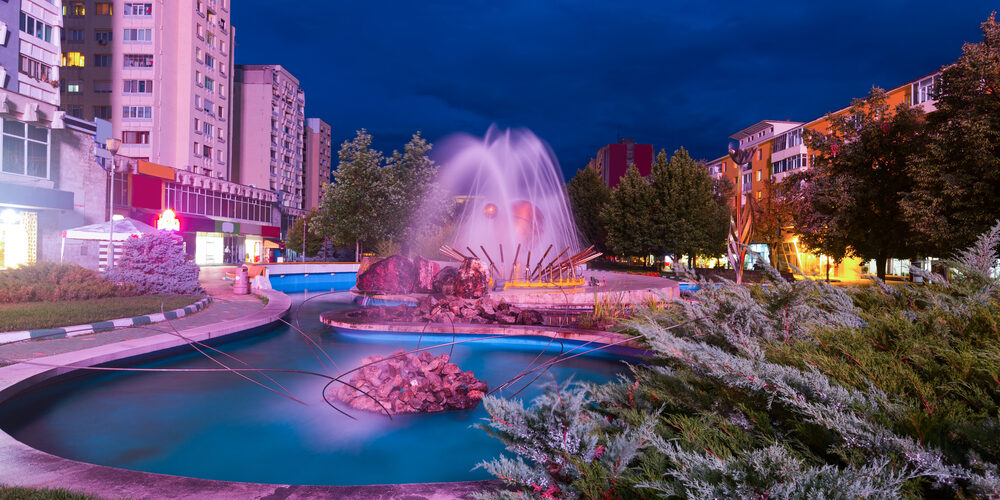Case study: Pitesti

By developing the Pitesti Smart City Strategy, the management of the Pitesti City Hall made the decision to continue the strategic and sustainable development of the city by integrating smart solutions to address the current priorities and future challenges of cities and communities in a holistic, integrated and participatory manner, aiming three strategic objectives:
- protecting, developing and using the culture, tourism, education and economy of the city of Pitesti.
- the development, application and effective use of digital technologies and concepts.
- innovative measures to modernize the urban infrastructure and to adapt to the new climatic and dynamic conditions of urban life, increasing mobility and connectivity requirements, achieving a high and socially balanced standard of living, access to public and administrative services; Pitesti City Hall has also established a Smart City Strategy Committee for Pitesti that will help develop and implement smart city strategies, being a continuous process of transformation that adapts to internal and external dynamics, respectively.
In the short term, in the next 3-5 years, Pitesti Municipality should be managed in an integrated model by periodically reviewing the strategy and implementing investments in technology at the system level. In the medium term, over the next 5 to 10 years, the goal will be to achieve an efficient operational level through technology and dynamic, two-way data systems as a unified management system that enables the necessary decisions to provide real-time responses in situations critical, for the most effective results.
In the long term, the 10-20 year goal is to achieve an open and sustainable level of systems through dynamic and intelligent mechanisms of continuous adaptation throughout the city, ensuring continuous innovation and high competitiveness.
The leadership of Pitesti has adopted the Ramboll Smart City holistic strategy model as a “system of systems” enhanced by the city platform to better align the city’s vision, strategic goals and priority to the potential data that citizens provide.
The Ramboll Smart City matrix includes the following initiatives: smart economy, planning, smart urban connectivity and mobility, smart energy and environment, smart people, smart standard of living and a smart administration. This matrix represents the strategic map and working tools that form the basis for planning, monitoring the implementation and regular and continuous updating of the Pitesti Smart City Strategy and the Strategic Action Plan to keep it operational and relevant.
Therefore, the Smart City Pitesti strategy is not an end in itself, but a dynamic and efficient tool through which they realize and fulfill their mission.


